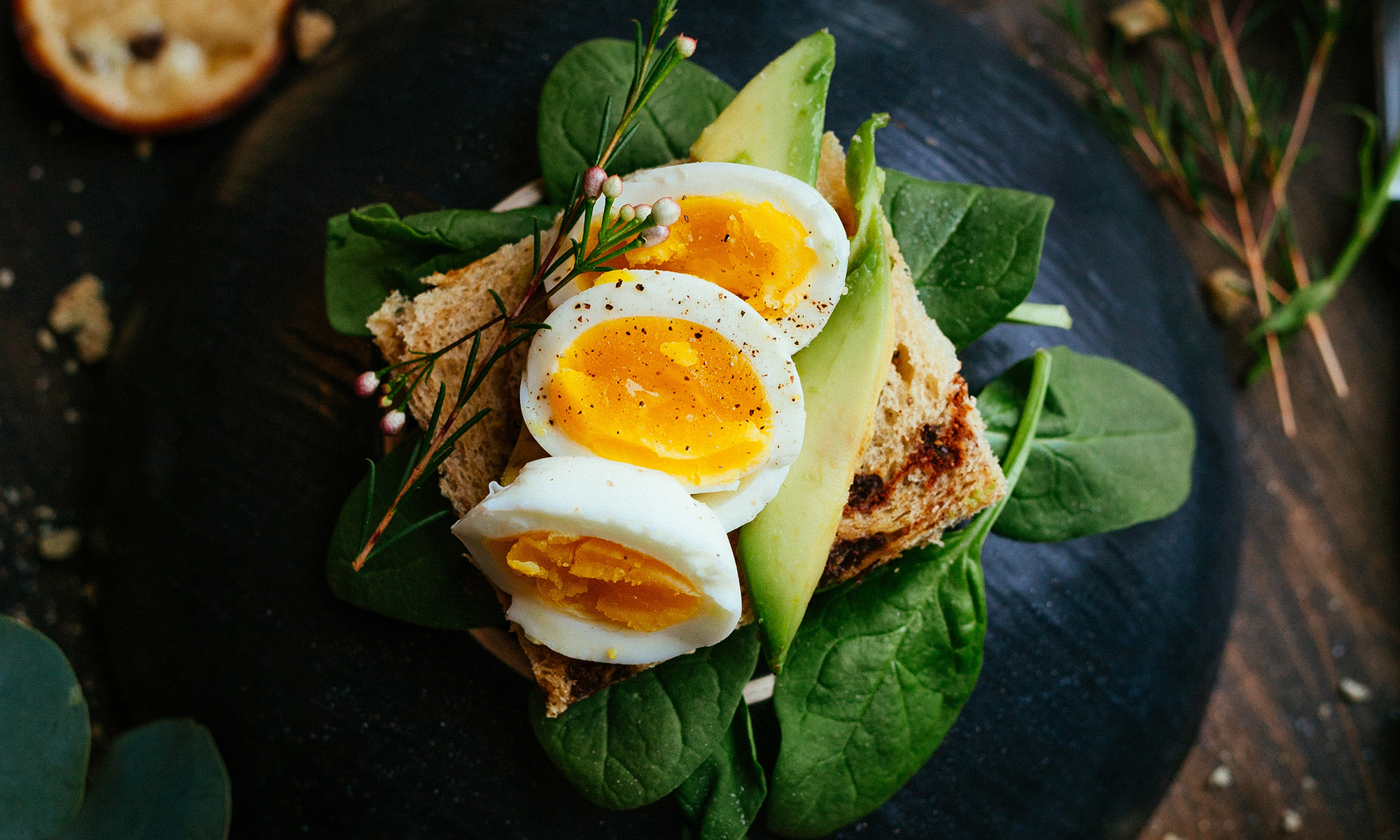Thanks to David for taking photos.
I was browsing the spice aisle at a local gourmet shop and noticed all the different varieties of salt – sea salt, pink salt, black salt, smoked salt. Even Himalayan salt that’s purported to be thousands of years old. And they had Maldon Smoked Sea Salt. Salt? Smoke? Could anything be better?
I discovered Maldon Sea Salt when I was working at Biba restaurant. The salt hails from Essex England, but can be found in stores throughout the US. I’ve always loved the pyramid shaped crystals, with its wonderful texture, and clean, almost sweet, mineral flavor. The makers claim its unique flavor comes from the relatively low rainfall and environmental conditions of the local estuaries. The sea water is collected during high tide and then evaporated in clay pots leaving the crystals behind. I could practically snack on it like popcorn. And, in fact, as the kitchen manager at Biba would walk by my station, he’d take a pinch of salt and pop it in his mouth.
The crystals are immediately recognizable when served. At Mario Batali’s restaurant Babbo, if you ask for salt, they will bring a small dish of Maldon’s.
As much as I love this salt, it’s not the best choice for cooking. First, it’s expensive, $15/pound as opposed to $2/pound for Diamond Kosher Salt. And even if I had unlimited funds, I still wouldn’t cook with it. What makes the texture so special and wonderful also prevents it from dissolving easily.
Unlike most other spices, salt reacts chemically with food, and is absorbed in a way that is critical for seasoning. For example, when grilling steak, you want to season it with salt before you cook it. Before the proteins have coagulated in the cooking process, they can absorb the salt and the meat will be seasoned through. If the steak is salted after, it will just taste salty as opposed to well-seasoned. Grain for grain, the steak will taste better if seasoned with salt before cooking, rather than after.
Because Maldon’s crystals are so large, they do not dissolve easily, and as such is better used as a finishing ingredient – a little sprinkle on top of steak or fish before serving. Not only will it bring extra flavor to your dishes, you will have extra texture from the crunchy flakes.
Seared Steak with Red Wine Reduction
2 rib eye steaks
1 tbs. plain oil
1 small shallot, peeled and diced fine
1 cup red wine
1 cup veal or chicken stock
3 tbs. butter
salt, pepper and lemon juice
Maldon Sea Salt
1. Season steak generously with salt and pepper. Let sit for 5 minutes to give the steak a chance to dissolve and absorb the salt.
2. Heat a large skillet over high heat. Sear steak on both sides.
3. Continue roasting in 375F oven for 5 minutes, or until desired doneness.
4. Let meat rest.
5. To the pan the steak was cooking in, pour off any excess fat. Add the shallots and deglaze the pan with the red wine. When the red wine has reduced by 3/4 (so that 1/4 cup is left) add the stock. Let reduce again by 3/4. Remove pan from heat, and let bubbling subside. Swirl in butter. Season to taste with salt, pepper and lemon juice.
6. Serve steak with potatoes, spinach and sauce. Sprinkle sea salt on top.

these stuff is good for eating .. good work .